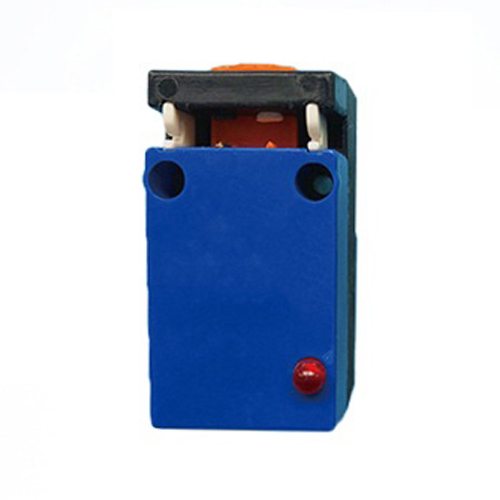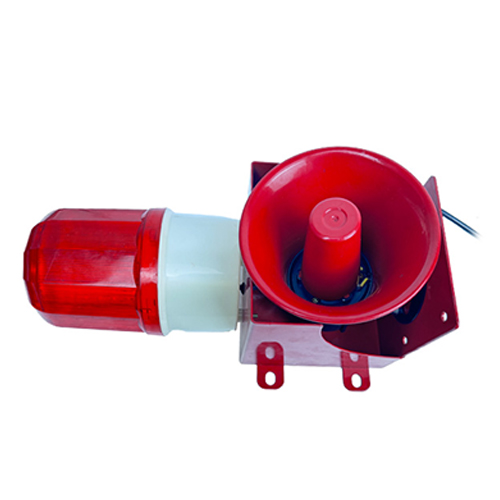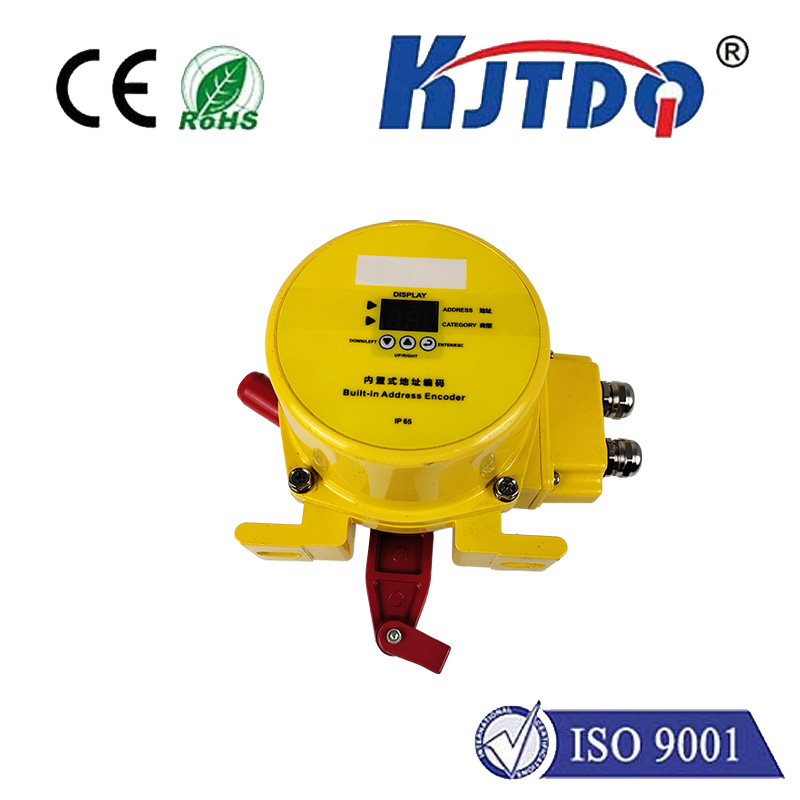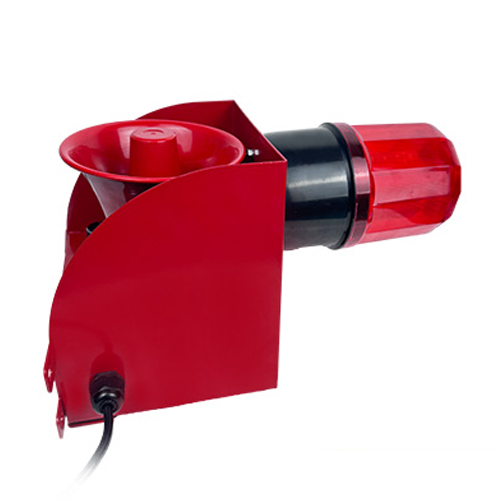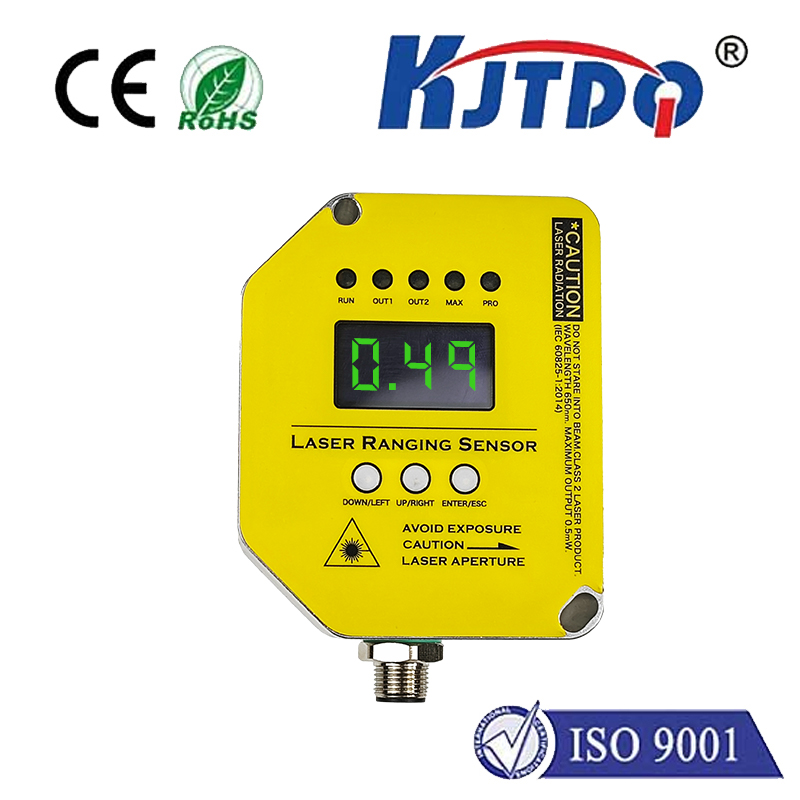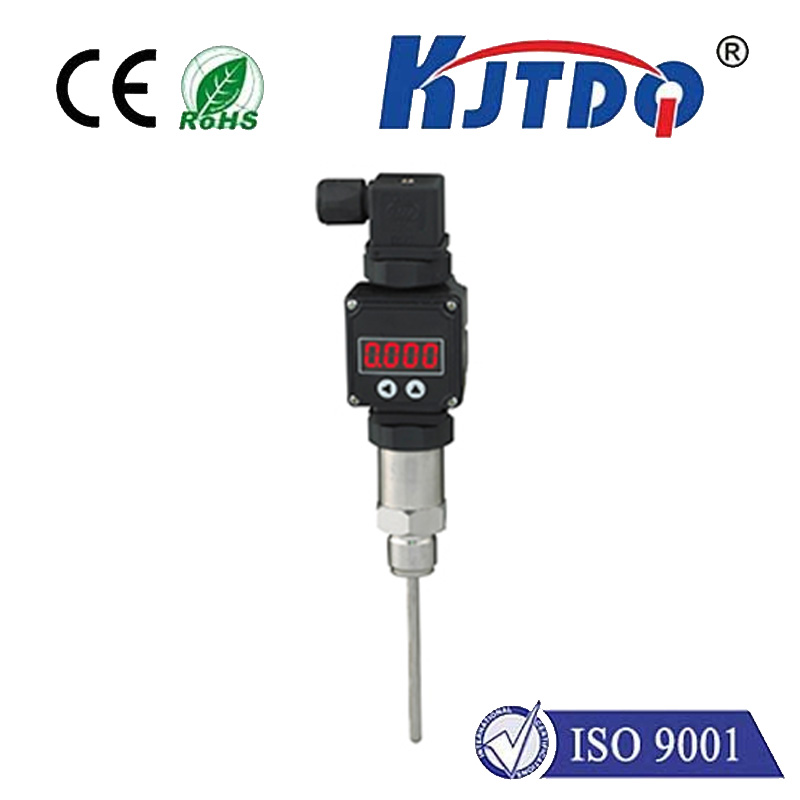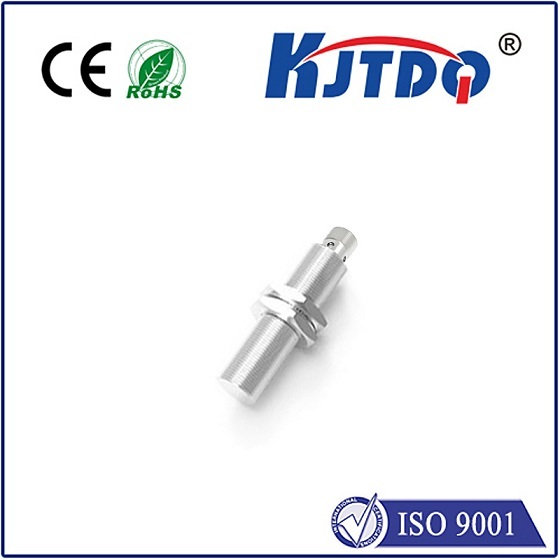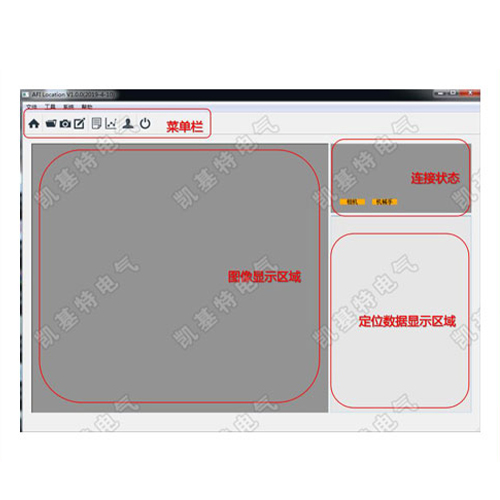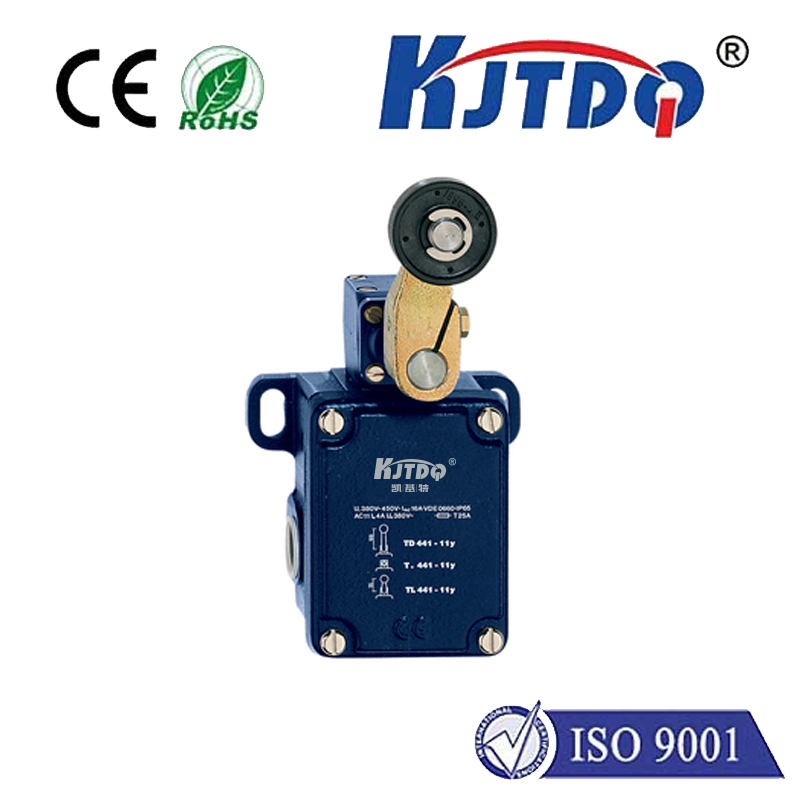semiconductor temperature sensor
- time:2025-08-22 01:59:18
- Click:0
Semiconductor Temperature Sensors: Precision Measurement for the Modern World
Imagine your smartphone warning you about processor overheating before it slows down, or your electric vehicle’s battery pack maintaining peak efficiency and safety across scorching summers and freezing winters. Behind these seamless technological experiences lies a crucial element: precise, reliable temperature sensing. While thermocouples and resistance temperature detectors (RTDs) have long been staples, semiconductor temperature sensors have emerged as the powerhouse driving innovation across countless modern devices. But how do these tiny silicon marvels work, and why are they becoming so indispensable? Let’s delve into the fascinating world within the chip.
The Silicon Heartbeat: How Semiconductor Sensors Measure Heat
At the core of most semiconductor temperature sensors lies a fundamental physical property of silicon: the voltage drop across a forward-biased PN junction. As temperature increases, the intrinsic carrier density within the semiconductor material rises. This directly affects the behavior of the PN junction – specifically, the forward voltage required to achieve a certain current flow decreases predictably as temperature increases. If a constant current is passed through the junction, the voltage drop across it decreases linearly with rising temperature, typically at a rate of about -2 mV/°C.
Modern semiconductor sensors leverage this principle with sophisticated integrated circuit (IC) technology. They incorporate not just the sensing diode but also signal conditioning circuitry, analog-to-digital converters (ADCs), and digital interfaces directly onto the same silicon chip. This monolithic integration is transformative:

- Signal Amplification & Conditioning: Raw junction voltage changes are small and sensitive to noise. On-chip amplifiers boost the signal and conditioning circuits linearize the output, compensating for minor non-linearities inherent in the basic junction behavior.
- Digitization (for Digital Sensors): Many modern sensors include ADCs. This converts the analog temperature-dependent voltage directly into a digital value (e.g., degrees Celsius via I2C, SPI, or 1-Wire interfaces), simplifying integration into digital systems like microcontrollers.
- Calibration: Sensors are factory calibrated, providing highly accurate initial readings (±0.1°C to ±1°C is common) without requiring user adjustment – a significant advantage over many traditional sensors.
- Additional Functionality: It’s common to find features like programmable temperature alarms (alert outputs when thresholds are crossed), non-volatile memory for settings, and even multiple sensing zones on a single chip.
Why Silicon Wins: Key Advantages Driving Adoption
Semiconductor temperature sensors offer a compelling combination of benefits that make them ideal for modern electronic systems:
- Small Size & Low Cost: Leveraging standard IC fabrication processes allows for incredibly compact packages (SOT-23, SC-70, wafer-level chip-scale packaging) and very competitive costs, especially at scale.
- High Accuracy & Excellent Linearity: Modern designs offer impressive accuracy over wide ranges (commonly -55°C to +150°C), and their inherent linearity simplifies temperature calculations in software.
- Ease of Integration: Outputting a linear voltage proportional to temperature (analog) or a direct digital value makes interfacing straightforward. No complex bridge circuits or cold junction compensation (like thermocouples) is needed.
- Low Power Consumption: Many designs operate on microamps of current, making them perfect for battery-powered and energy-sensitive applications, including IoT devices and wearables.
- Robustness & Speed: Solid-state construction makes them resistant to shock and vibration. Their response time is typically faster than RTDs or thermistors, especially for small temperature changes.
- Digital Intelligence: Features like programmable alarms and digital outputs reduce processing burden on the host microcontroller and enable smarter system-level responses. Integration is key for Industry 4.0 applications.
Ubiquitous Sensing: Where Semiconductor Sensors Thrive
The unique blend of size, cost, accuracy, and ease of use has propelled semiconductor sensors into virtually every sector:
- Consumer Electronics: Monitoring processor/GPU temperature in smartphones, laptops, tablets, and gaming consoles to prevent overheating and manage performance throttling. Ensuring battery safety and charging efficiency in countless portable devices. Controlling temperature in smart thermostats, coffee makers, and refrigerators.
- Automotive: Critical for battery thermal management systems (BTMS) in electric and hybrid vehicles, monitoring motor controller temperatures, cabin climate control, and monitoring ambient/engine bay conditions.
- Industrial Automation & Control: Monitoring equipment health (motors, power supplies), controlling process temperatures, and ensuring safe operating conditions in machinery and automation systems. Predictive maintenance relies heavily on consistent temperature data.
- Medical Devices: Vital sign monitoring in wearable patches, temperature control in diagnostic equipment and incubators, ensuring safe operation of therapeutic devices.
- Communications Infrastructure: Monitoring critical components in routers, switches, servers, and base stations to prevent heat-induced failures.
- HVAC Systems: Room and duct temperature sensing for efficient climate control in buildings.
- Scientific Instrumentation: Providing stable, accurate temperature readings for various lab equipment.
The Future: Intelligent Integration and Beyond
The evolution of semiconductor temperature sensors continues. Key trends include:
- Increased Accuracy & Range: Pushing accuracy beyond ±0.1°C and expanding operational ranges further for specialized applications.
- MEMS Integration: Combining temperature sensing with MEMS-based sensors (pressure, humidity, acceleration) on a single chip creates powerful, compact environmental sensing units.
- Lower Power & Energy Harvesting: Development of ultra-low-power and even sub-threshold devices enabling perpetual sensing nodes powered by ambient energy sources.
- Enhanced Digital Features & Smart Sensors: More sophisticated on-chip processing, self-diagnostic capabilities, and adherence to Industrial IoT (IIoT) communication protocols for easier integration into smart networks.
- AI at the Edge: While the sensor itself performs basic measurements, its data feeds local AI algorithms for real-time predictive analytics and control.
Semiconductor temperature sensors exemplify the power of silicon integration, transforming a fundamental physical phenomenon into accessible, intelligent, and highly reliable measurement solutions. Their small size, low cost, ease of integration, and digital intelligence make them the undisputed champion for thermal monitoring in the vast majority of modern electronic systems. From the phone in your pocket to the electric car on the road and the automated factory floor, these miniature sentinels are tirelessly ensuring efficiency, safety, and performance, one precise temperature reading at a time.






